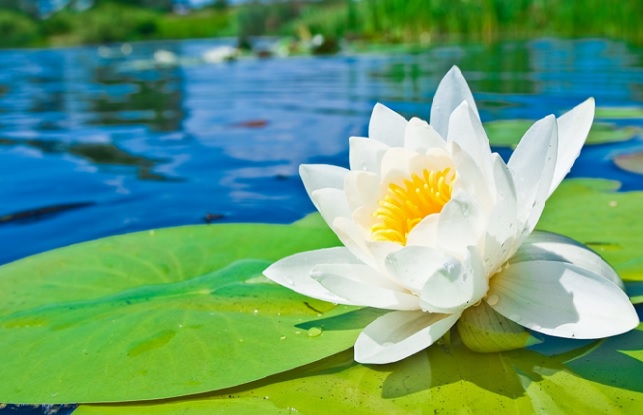
In the serene realm of aquatic flora, one plant stands out as an emblem of tranquility and elegance – the teratai888 , or more commonly known as the water lily. These aquatic wonders have captivated the hearts and minds of botanists and nature enthusiasts alike for centuries, thanks to their remarkable beauty and intriguing biology.
Origin and Distribution Teratai, which belong to the genus Nymphaea, can be found in various parts of the world, with a rich presence in Asia, Africa, and North America. Their graceful floating leaves and enchanting blossoms have made them a symbol of purity and enlightenment in many cultures.
Mystical Symbolism Teratai have deep-rooted cultural significance, often associated with divine attributes and symbols of spiritual awakening. In Hinduism and Buddhism, these ethereal blooms are linked to deities like Lakshmi and the Buddha, representing purity of body, speech, and mind. Their emergence from murky waters to bloom on the surface symbolizes spiritual enlightenment and the journey to self-realization.
Exquisite Blooms One of the most striking features of Teratai is their captivating blossoms. These flowers are known for their pure white or vibrant pink petals that seem to float effortlessly on the water’s surface, their beauty intensified by the serene settings they thrive in. The symmetry and delicacy of their blooms make them an irresistible subject for artists and photographers.
Adaptation to Aquatic Life Teratai’s unique adaptations enable them to thrive in aquatic environments. Their leaves are circular with a waxy texture, which helps them repel water and stay afloat. Beneath the surface, their long stems connect to a rhizome in the mud, allowing them to draw nutrients from the soil while their leaves soak up sunlight.